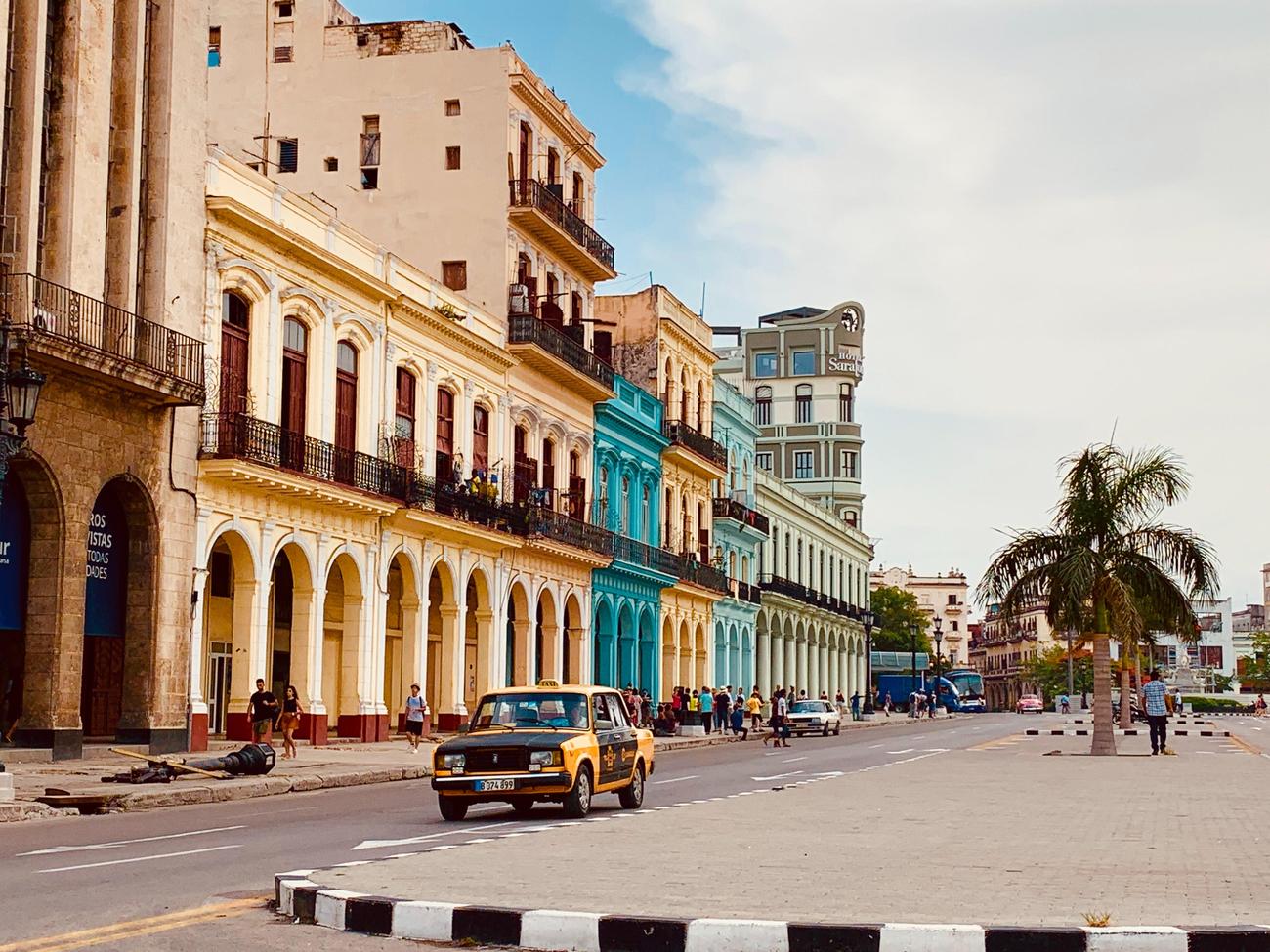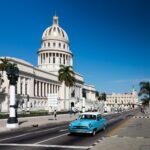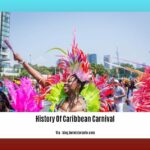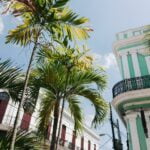Discover the hidden gems of Cuba’s fascinating history as we embark on a journey through time. In this article, we will delve into the untold tales and captivating anecdotes that have shaped this enigmatic nation. From the political intrigues to the cultural revolutions, we will uncover the lesser-known facts that make Cuba a treasure trove for history enthusiasts. Prepare to be astounded by the secrets and surprises that lie beneath the surface of this vibrant Caribbean island. So, fasten your seat belts and get ready to explore Cuba’s captivating history like never before!
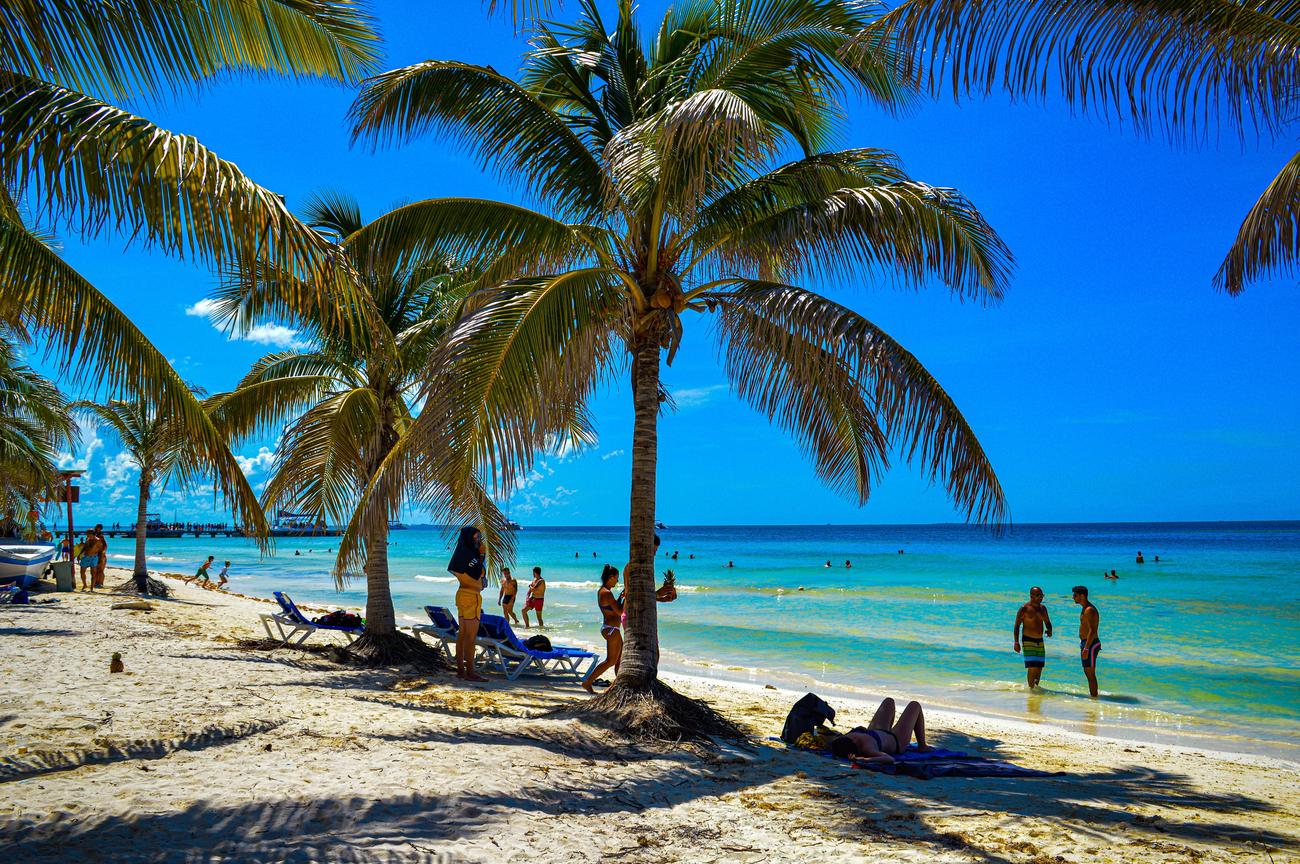
Interesting Facts About Cuba’s History
The captivating history of Cuba is filled with intriguing tales and lesser-known stories that shed light on the nation’s political, cultural, and social landscapes throughout the ages. Let’s uncover some fascinating facts that will give you a fresh and comprehensive perspective on this enigmatic country.
The Dark Side of Exploration
When Christopher Columbus arrived in Cuba, he initially made friendly relations with the indigenous people. However, this amiable facade quickly crumbled as Columbus enslaved the indigenous population. This dark chapter in Cuba’s history highlights the unfortunate consequences of exploration and colonization.
With the arrival of Christopher Columbus, Cuba’s indigenous people suffered a fate they never expected: enslavement.
The Legacy of Slavery
The arrival of Europeans brought with it an influx of African slaves to Cuba. These slaves were primarily sent to work on tobacco and sugar plantations, which became the backbone of Cuba’s economic prosperity. The legacy of slavery in Cuba, like in many other countries, is a painful reminder of the inhumanity and injustice faced by countless individuals.
The thriving tobacco and sugar industries in Cuba were built on the backs of enslaved African individuals, leaving an indelible mark on the nation’s history.
The U.S. Intervention
Following the Spanish-American War, the United States declared itself the Protector of Cuba and had a significant influence on Cuban affairs until 1934. This intervention often sparked mixed feelings among the Cuban people, leading to a blend of admiration and resentment toward their northern neighbor.
The United States’ role in Cuban affairs after the Spanish-American War shaped the nation’s trajectory, stirring a complex mix of emotions among its people.
An Unconventional Christmas
In an unusual move to increase productivity, the Cuban government banned Christmas celebrations from 1969 to 1997. This measure aimed to prevent downtime and ensure a focused workforce. While it may seem drastic, this unique approach demonstrates the Cuban government’s emphasis on productivity during that period.
Christmas festivities took an unexpected hiatus in Cuba for nearly three decades, as the government implemented measures to enhance productivity.
Cultivating Artistry
Cuba is home to the largest ballet school in the world, boasting over 3000 students. The country’s deep appreciation for the arts has nurtured the growth of exceptional talent in classical ballet. This cultural prominence has shaped Cuba into a vibrant hub for dancers, where creativity flourishes and dreams come alive.
With its expansive ballet school and a commitment to artistic excellence, Cuba stands as a testament to its rich cultural heritage and dedication to the arts.
The Long Road to Connectivity
It wasn’t until 2015 that Cuba had its first public wifi, marking the end of decades of internet censorship. This significant milestone brought newfound access to information and connectivity for the Cuban people, opening up new avenues for communication and cultural exchange.
For many years, internet access in Cuba was tightly restricted, but in 2015, the country took a momentous step forward by introducing public wifi, bridging the digital divide.
In conclusion, Cuba’s history is a tapestry woven with captivating stories and untold facts. From the enslavement of indigenous people to the arrival of African slaves, from U.S. intervention to the unconventional ban on Christmas celebrations, and from the world-renowned ballet school to the long fight for internet access, Cuba’s past is as diverse as it is intriguing. By exploring these interesting facts, we gain a deeper understanding of Cuba’s rich heritage and the complex dynamics that have shaped the nation.
Cuba is a country with a rich history and fascinating culture. If you’re looking for some interesting facts about Cuba, look no further! Did you know that Cuba is the largest island in the Caribbean? Its stunning beaches and vibrant cities make it a popular tourist destination. From its famous cigars to its vibrant music and dance, Cuba is a place full of intriguing wonders. To delve deeper into the unique charm of this Caribbean gem, check out our collection of interesting facts about Cuba by clicking here. Discover the hidden gems and captivating history that make Cuba so special!
Interesting Facts About Cuba’s History
Welcome to the enchanting world of Cuba, where captivating stories of Cuba await you. Step into a land filled with rich culture, vibrant music, and intriguing history. Discover the secrets of this Caribbean gem as you delve into the captivating stories of Cuba, filled with tales of resilience, revolution, and triumph. Immerse yourself in the enchanting world of Cuba as you explore its enchanting landscapes and vibrant cities.
As you journey through the fascinating history of Cuba, you’ll encounter various captivating stories of Cuba that will leave you in awe. From the revolutionary leaders who fought for independence to the vibrant Afro-Cuban culture that permeates the island, every step in Cuba reveals something enthralling.
Embrace the captivating stories of Cuba by clicking here to unveil the enthralling tales of the island’s resilient past. Discover the captivating stories of Cuba’s history as you venture through its enchanting world. Let the enchanting world of Cuba captivate your imagination as you explore the fascinating heritage of this extraordinary island.
So, if you’re ready to embark on an adventure like no other, click here to dive into the enchanting world of Cuba and uncover the captivating stories that await you. Experience the enchanting world of Cuba and immerse yourself in its captivating history. Uncover the enchanting world of Cuba’s captivating stories and let its rich history transport you to a world unlike any other.
Click here to begin your journey into the captivating stories of Cuba’s history and let the enchanting world of Cuba mesmerize you. Step into the captivating world of Cuba and let the enchanting stories of Cuba’s past captivate your senses. Prepare to be enthralled by the captivating stories of Cuba as its vibrant culture comes alive before your eyes.
Remember, each click transports you deeper into the enchanting world of Cuba’s captivating stories. Don’t miss out on the opportunity to uncover the intriguing history of this remarkable destination. Click here now to uncover the captivating stories of Cuba’s history and embark on an adventure unlike any other.
URL: captivating-stories-of-cuba
7 Disturbing Facts About Cuba’s History
[youtube v=”f9UjuSeqFD0″]
Christopher Columbus and the Enslavement of the Indigenous People
Upon Christopher Columbus’s arrival in Cuba, he enslaved the indigenous population, marking the dark side of exploration and colonization. The Taino people welcomed Columbus and his crew warmly, sharing their food and culture. However, instead of reciprocating their hospitality, the Spaniards were primarily interested in the gold jewelry of the Taino. Columbus stole their gold and took it back to Spain. When Columbus returned to Cuba in 1493, he kidnapped the Taino people as slaves. These horrifying acts created an ongoing struggle for freedom for the Cuban people.
African Slavery in Cuba’s Tobacco and Sugar Plantations
After enslaving the indigenous people, Europeans turned to African slaves to support Cuba’s growing tobacco and sugar industries. Tobacco, introduced to Europe by Columbus, gained popularity, leading to an increased demand for slaves. The African slave trade was brutal, with an estimated 13% of people dying during the Middle Passage alone. Slaves in Cuba faced inhumane conditions and constant mistreatment. Slavery became deeply rooted in Cuban history, with abolition only occurring in 1886.
Slaves and the Gruesome Reality of Sugar Plantations
On Cuba’s sugar plantations, slaves endured horrendous conditions. Due to their cheap replaceability, slave owners exerted scant care for their wellbeing. Slaves on sugar plantations were not expected to survive for more than eight years. Forced to work 16 to 20 hours a day, slaves faced exhaustion, sleep deprivation, beatings, and disease. Despite the harsh treatment, slave rebellions occasionally erupted, providing brief moments of resistance against their oppressors.
The United States as Cuba’s “Protector” and the Spanish-American War
Following the Spanish-American War, Cuba gained independence from Spain. The United States, perceiving itself as the protector of Cuba, played a significant role in the country’s affairs. They invested in the sugar industry and maintained a military presence. However, the U.S imposed the Platt Amendment in 1901, setting conditions for Cuba’s self-governance. These terms allowed the U.S to lease Cuban land for military bases and restricted Cuba’s diplomatic relations with other nations.
The Cuban Missile Crisis and the Risk of Nuclear War
Cuba’s communist status drew intense interest from both the United States and the USSR during the Cold War. Fidel Castro, fearing a U.S invasion, turned to the USSR for support. In response, the USSR began building nuclear launch pads in Cuba, leading to the Cuban Missile Crisis in 1962. The crisis brought the world to the brink of nuclear war, with the U.S implementing a naval blockade to prevent the delivery of nuclear weapons. Eventually, a diplomatic solution was reached, averting a catastrophe.
Fidel Castro’s Ascent to Power and Cuba’s Descent into Communism
Fidel Castro initially aimed to create a stable and better Cuba for ordinary people. After successfully overthrowing the corrupt government in 1959, he implemented various reforms to improve the quality of life for Cubans. However, his consolidation of power gradually led to an authoritarian regime. Free speech was suppressed, dissent was met with extreme force, and Cuba’s economy began to decline. Castro’s refusal to adapt to the changing world further isolated Cuba, leading to mass emigration and a lack of personal freedoms.
Renewed Relations between Cuba and the United States
After Fidel Castro’s death, his brother Raul Castro sought to revive Cuba’s failing economy. In this endeavor, Pope Francis and Canada played key roles in helping Cuba and the United States resolve their differences and reopen relations. Travel restrictions were loosened, making it easier for people from both countries to visit and learn from each other’s culture.
These disturbing facts about Cuba’s history reveal the dark underbelly of a nation often associated with its political system and cultural contributions. From the enslavement of indigenous and African people to the Cuban Missile Crisis and the rise of communism, Cuba’s past serves as a cautionary tale of oppression, resilience, and the ongoing struggle for freedom.
FAQ
Question 1: How did Christopher Columbus interact with the indigenous people in Cuba?
Answer 1: After initially making friendly relations with the indigenous people in Cuba, Christopher Columbus eventually enslaved them.
Question 2: What was the role of African slaves in Cuba’s history?
Answer 2: Africans slaves were brought to Cuba by Europeans to work on tobacco and sugar plantations.
Question 3: How did the United States influence Cuba’s affairs?
Answer 3: The United States named itself the Protector of Cuba after the Spanish-American War and intervened in Cuban affairs until 1934.
Question 4: Did Cuba ban Christmas at any point in its history?
Answer 4: Yes, Cuba banned Christmas from 1969 to 1997 as a measure to increase productivity.
Question 5: What is a notable aspect of Cuba’s cultural scene?
Answer 5: Cuba is home to the biggest ballet school in the world, with over 3,000 students.
“`
“`
- Senior at What Age: Benefits & Eligibility Guide - March 29, 2025
- Unlocking Senior Benefits: How Old is a Senior? Your Complete Guide - March 29, 2025
- Master Russian Politeness:A Guide to Saying Please - March 29, 2025
